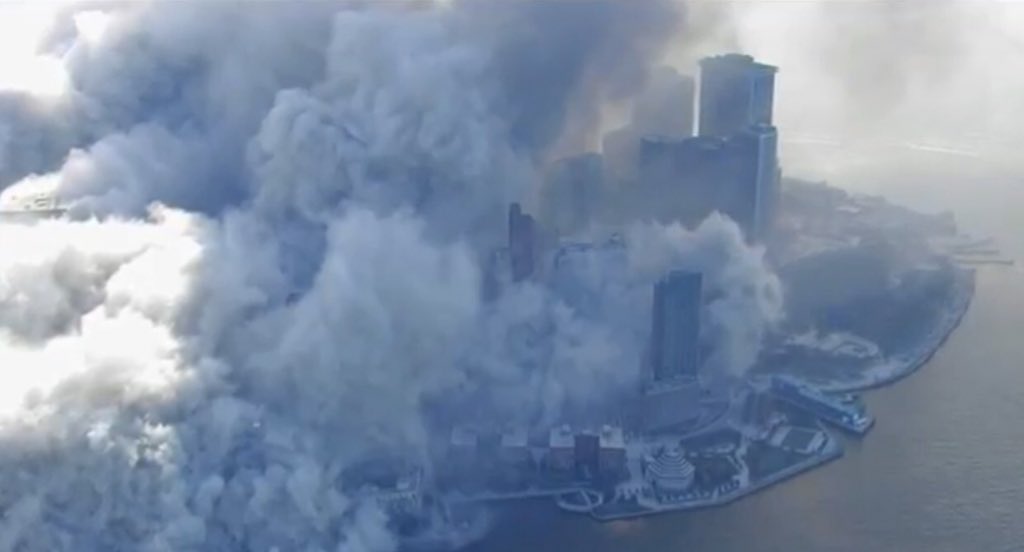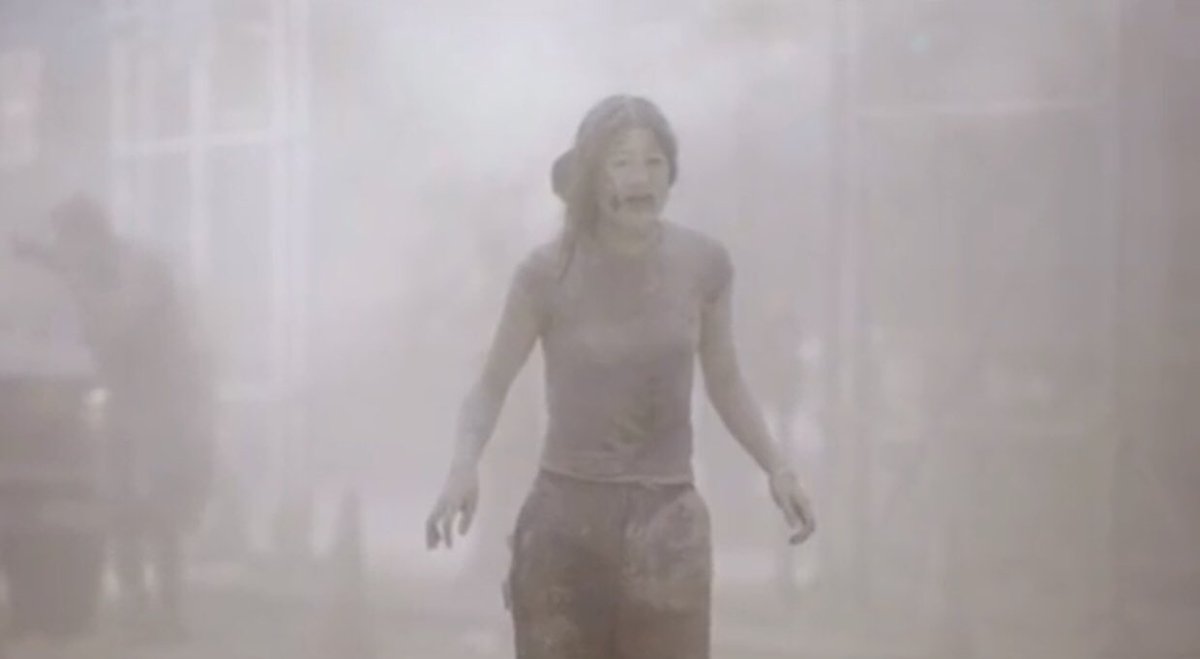The sixth installment is "September 12: NATO Invokes Article 5"
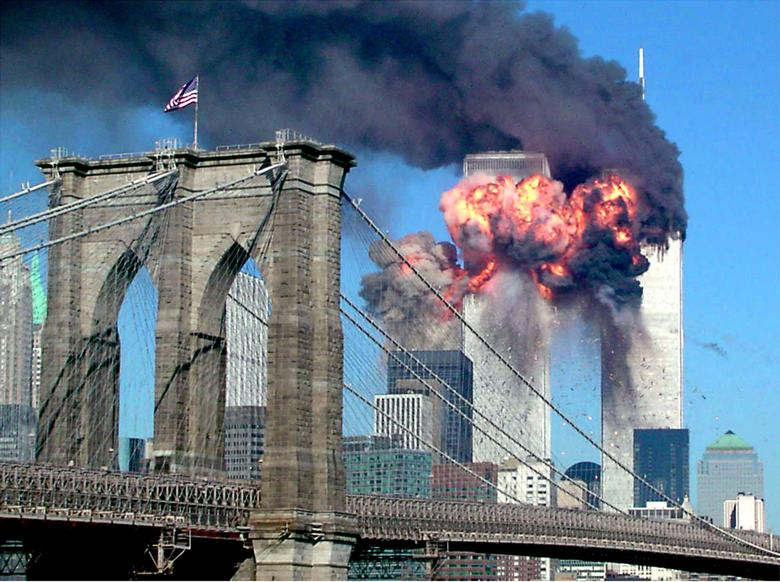
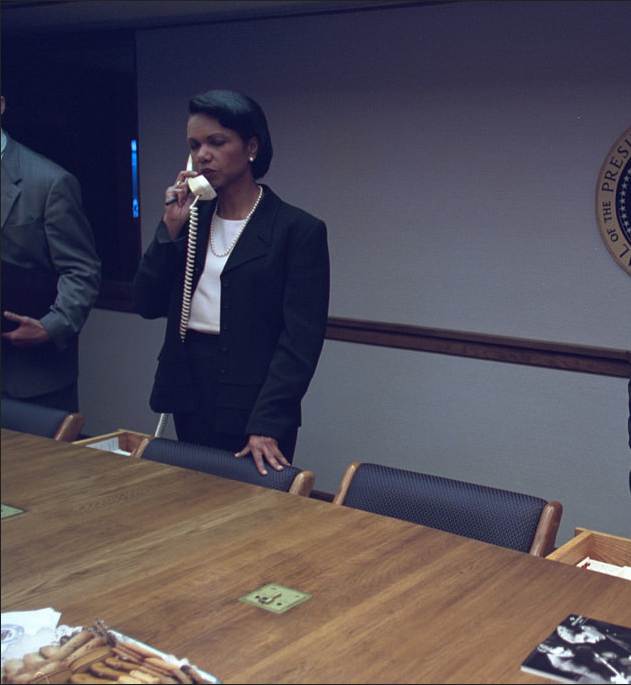
The "This" was @NATO agreeing that the attack met Article 5 conditions
- Step 1: A member calls for Article 5 to be invoked
- Step 2: @NATO members meet to determine if the attack does fall under Article 5
- Step 3: If "yes", then actions are chosen
- Step 4: Each member decides to take the action or not
This body is comprised of the "Permanent Representatives to NATO" (i.e. the NATO ambassadors).
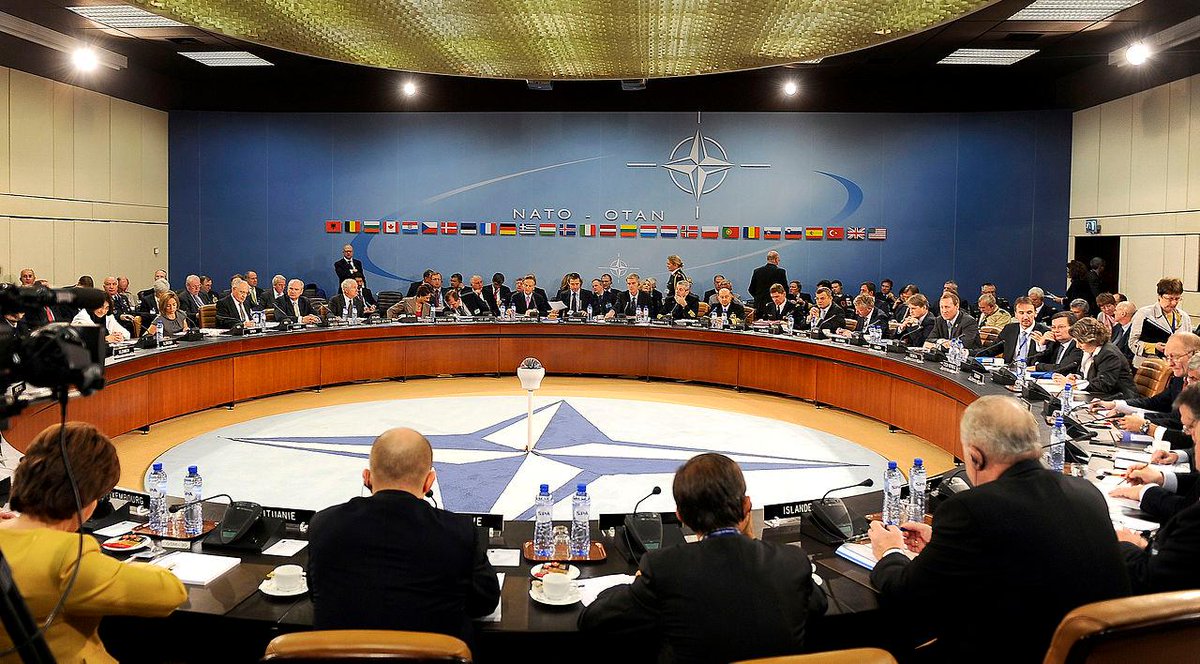
Following that vote, then @NATO Secretary General George Robertson informed United Nations Secretary-General Kofi Annan.
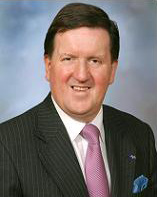
The invocation was "conditional" because it had to be determined that the attacks did, indeed, come from abroad.
Until then, the invocation, while meaningful, was largely symbolic.

















